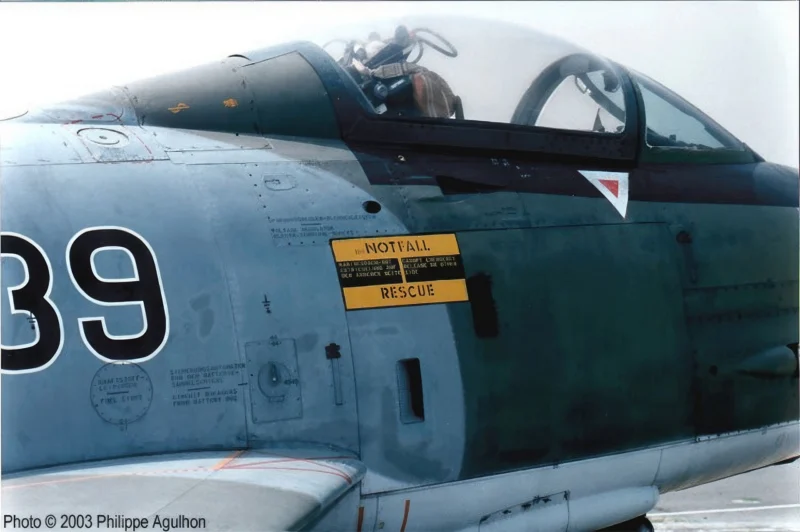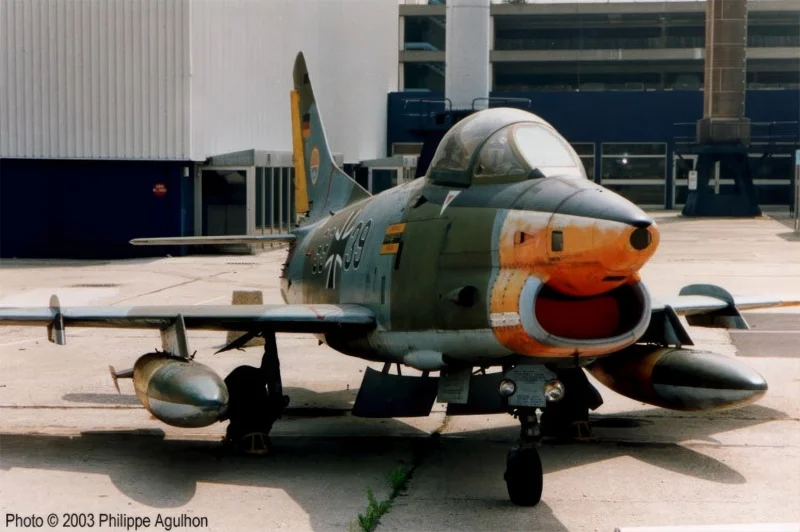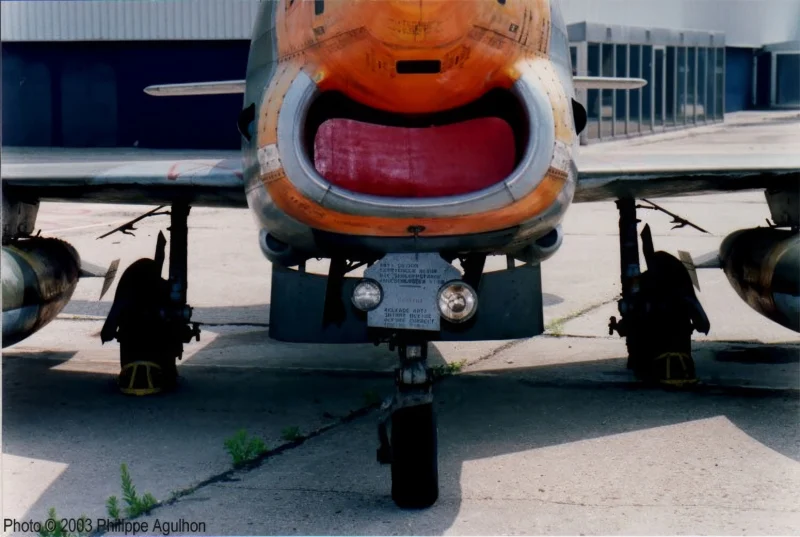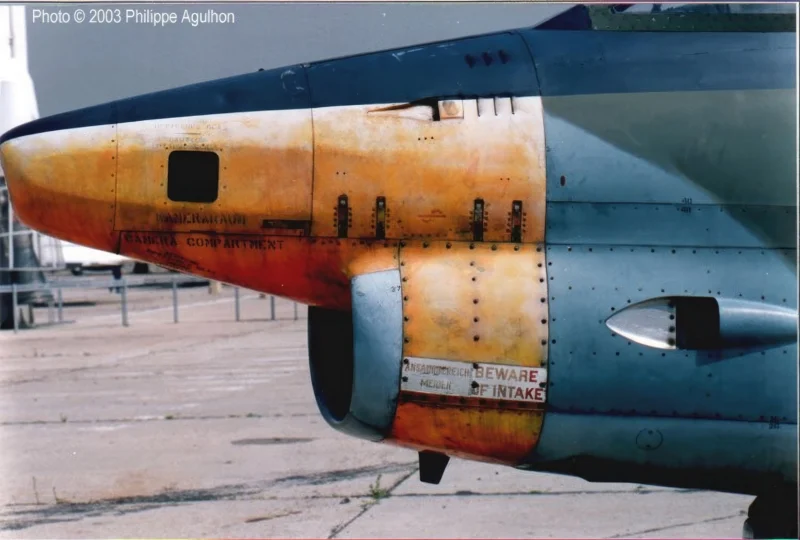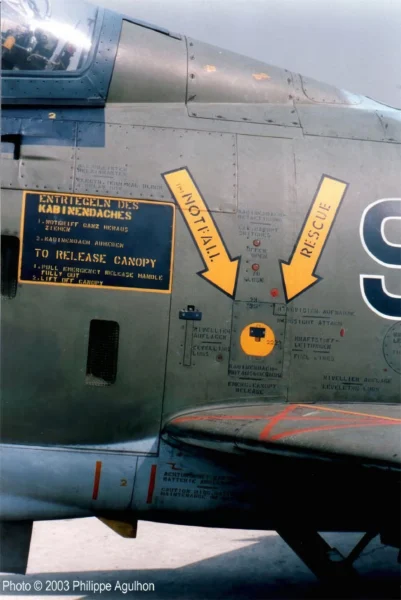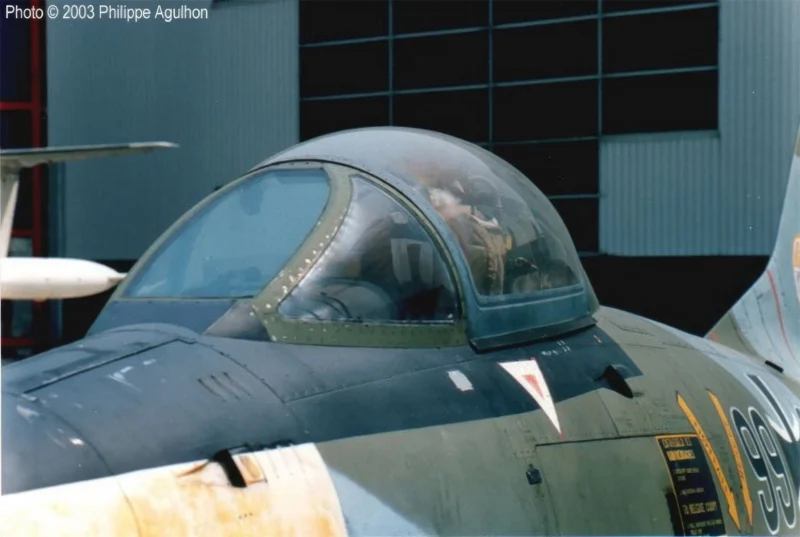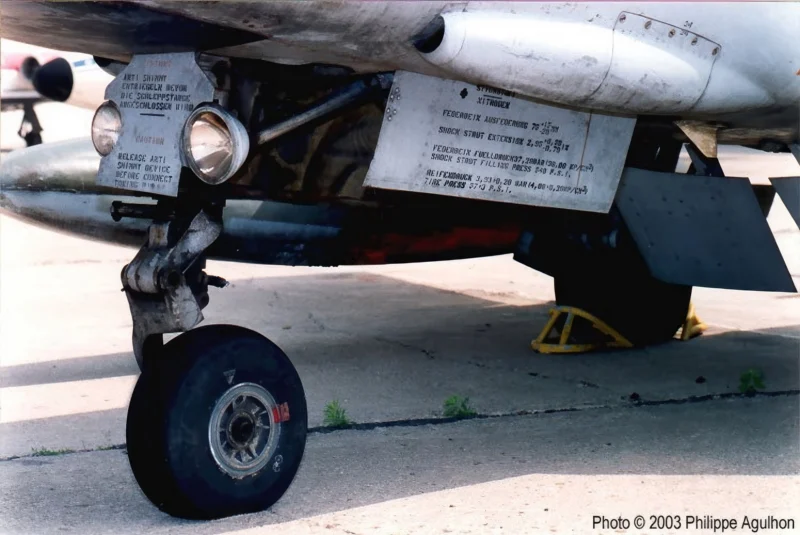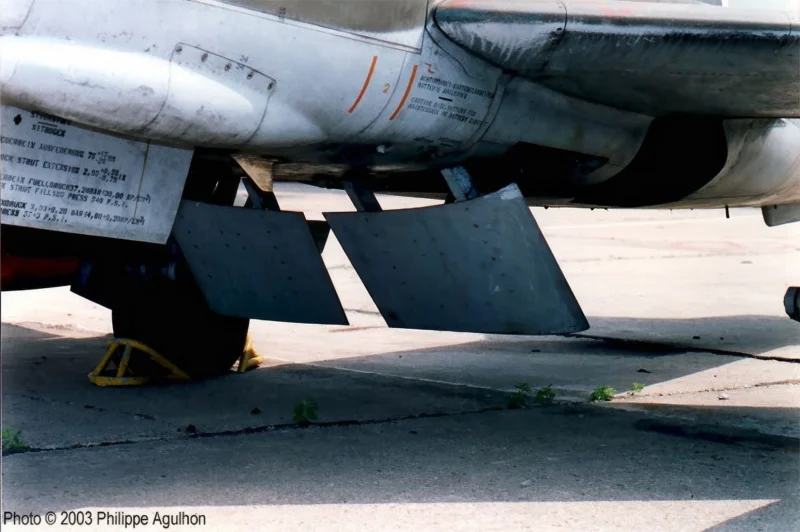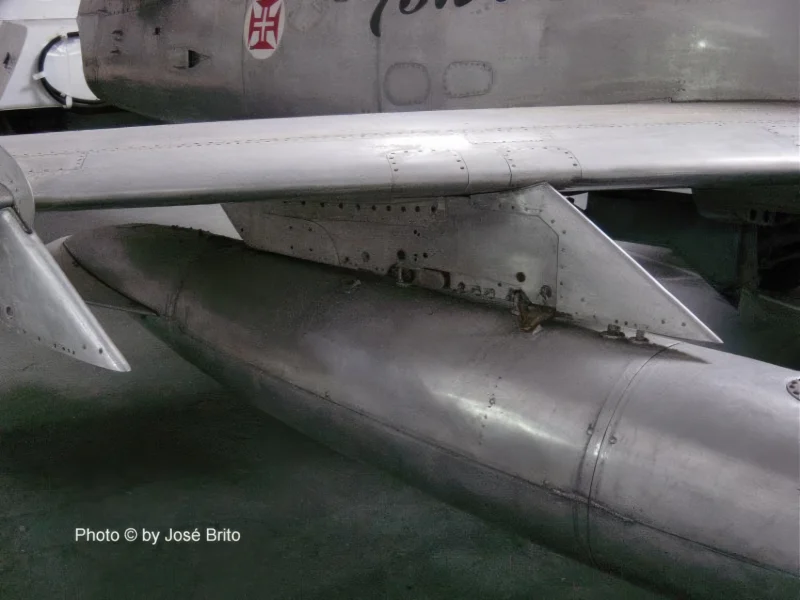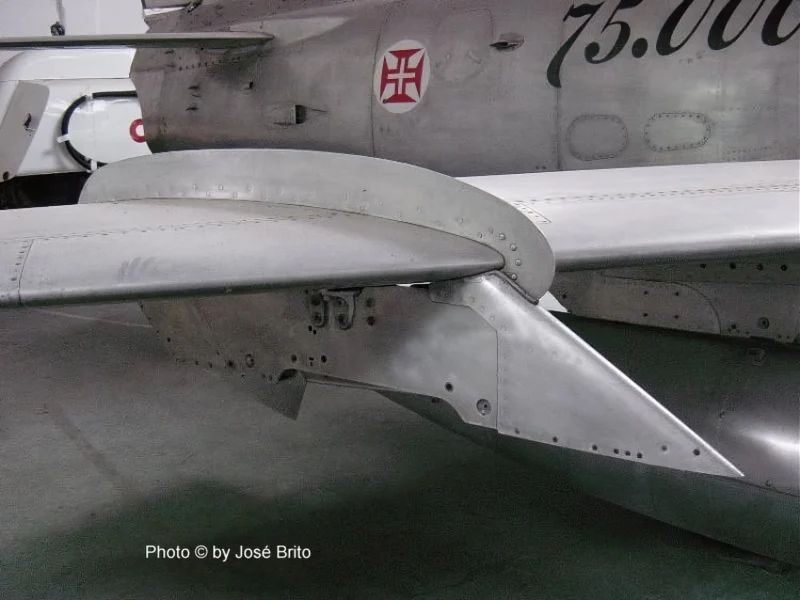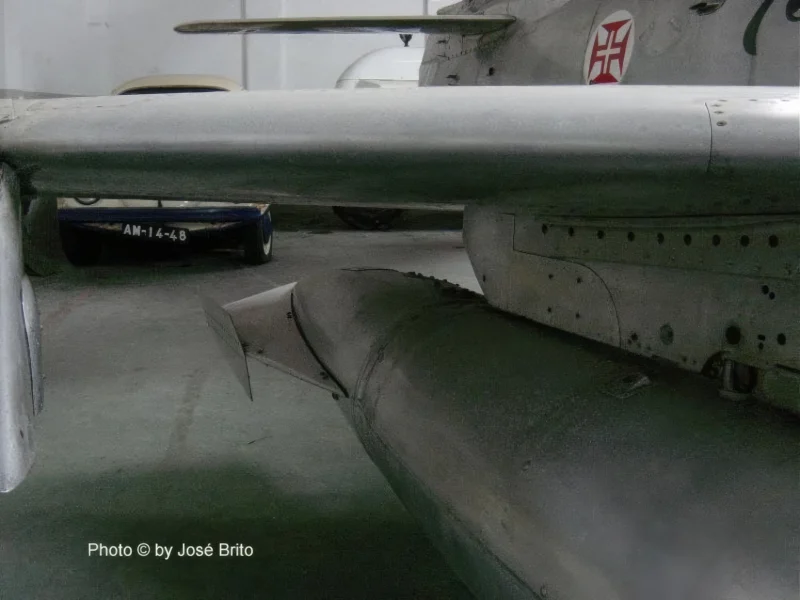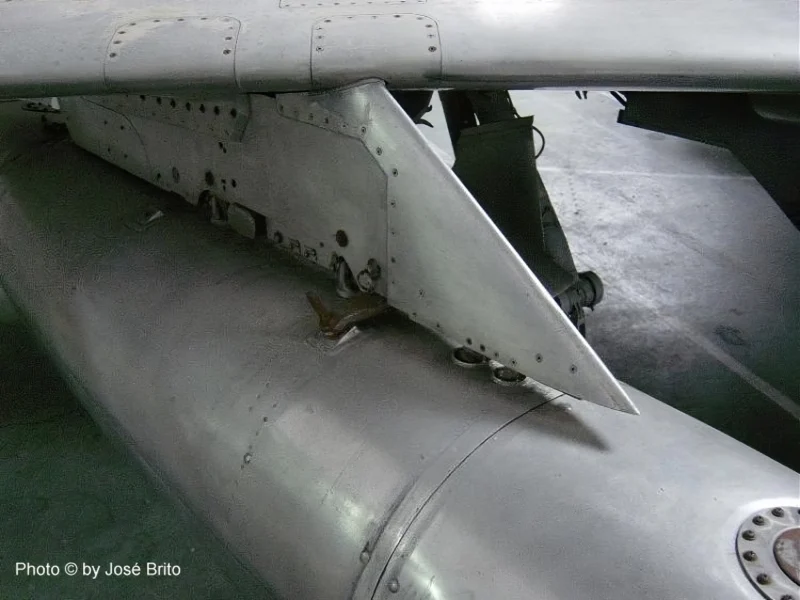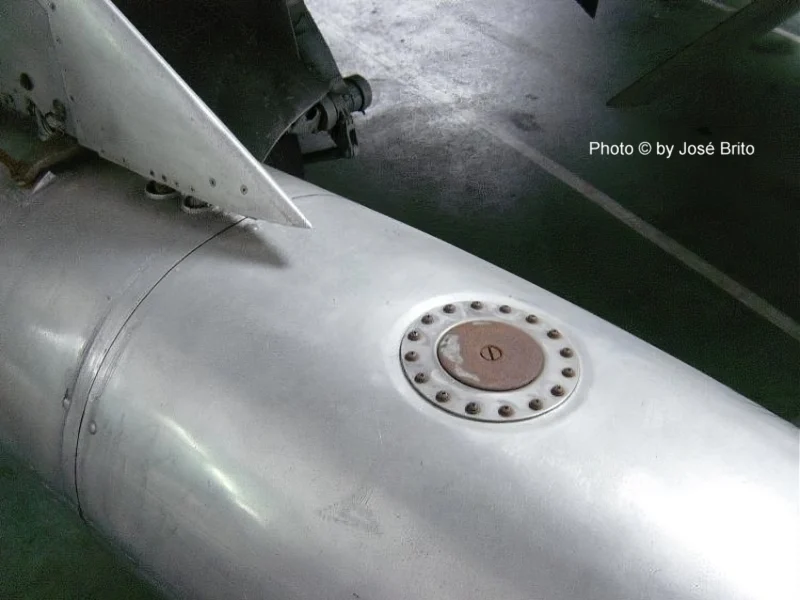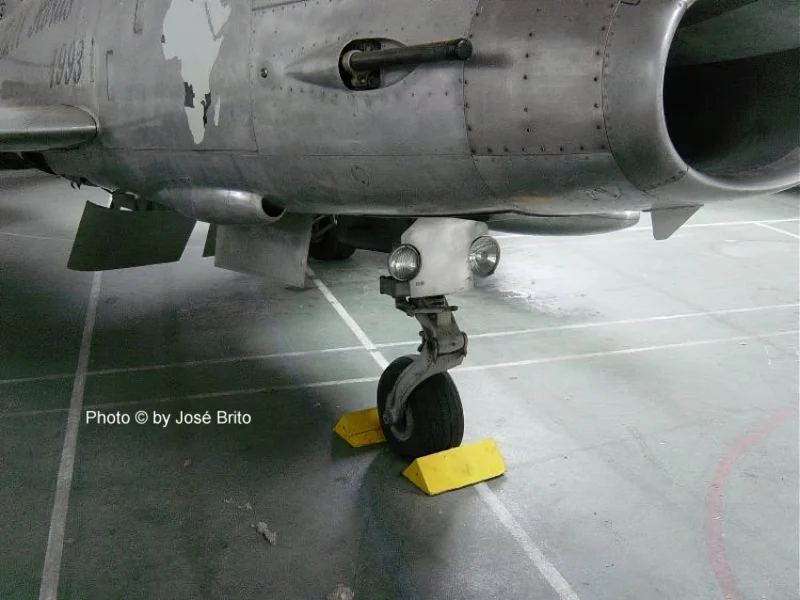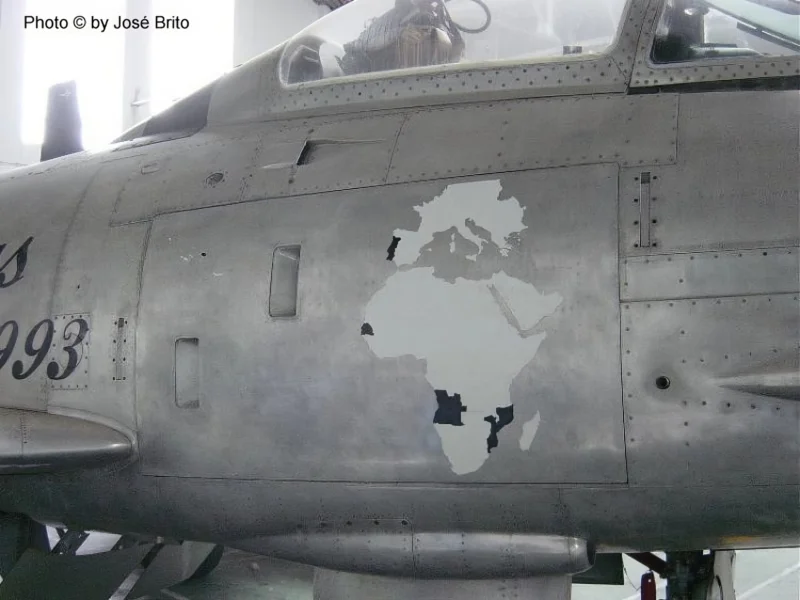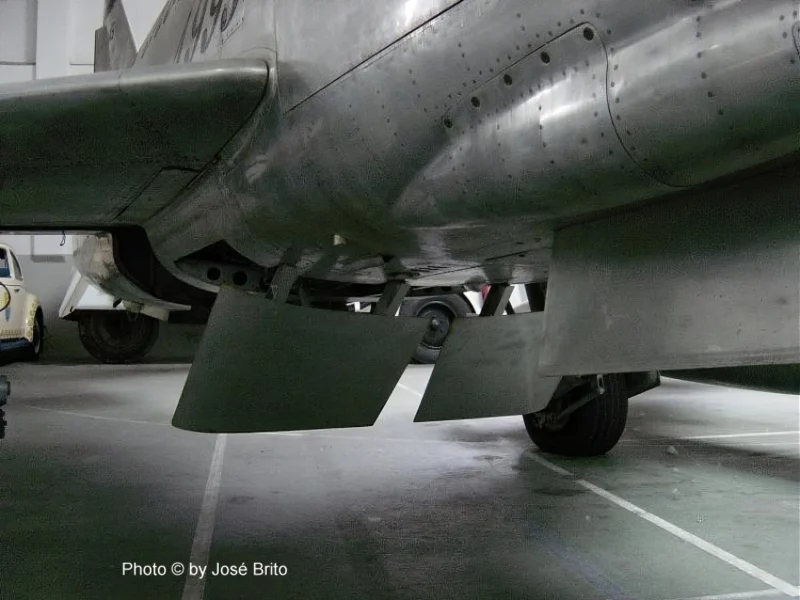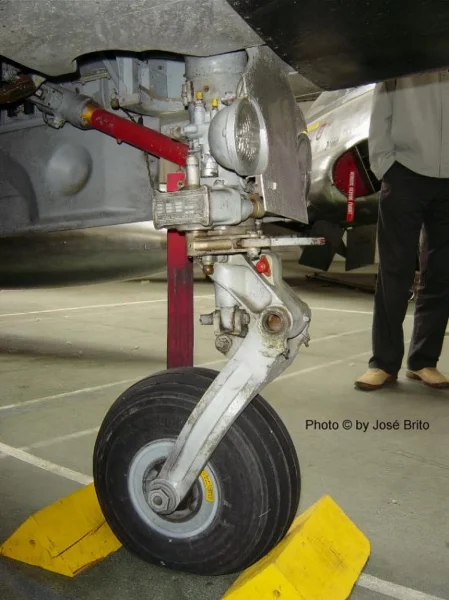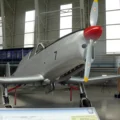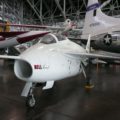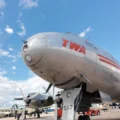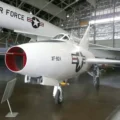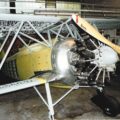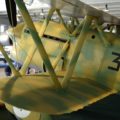2007 Fiat G.91 Tai Italijos reaktyvinis naikintuvas, suprojektuotas ir pastatytas "Fiat Aviazione", kuris vėliau susijungė į "Aeritalia". G.91 ištakos yra NATO organizuotose NBMR-1 varžybose 1953 m., kuriose buvo siekiama, kad lengvasis naikintuvas-bombonešis "Light Weight Strike Fighter" būtų priimtas kaip standartinė įranga įvairiose NATO šalių oro pajėgose. Peržiūrėjus kelis pateiktus pasiūlymus, G.91 buvo išrinktas laimėjusiu NBMR-1 konkurso dizainu.
Šaltinis: Fiat G.91 Vikipedijoje
Daugiau informacijos:
The Fiat G.91 was a jet fighter aircraft designed and built by the Italian company Fiat Aviazione in the 1950s and 1960s. It was developed as a light tactical fighter for the NATO air forces, and was also used as a trainer and reconnaissance aircraft by several countries. The G.91 had a swept-wing design with a single turbojet engine and a tricycle landing gear. It was armed with four 12.7 mm machine guns and could carry rockets, bombs, or napalm on four underwing pylons.
The G.91 first flew in 1956 and entered service in 1958 with the Italian Air Force. It was also adopted by the West German, Portuguese, and Greek air forces, and saw combat in the Portuguese Colonial War and the Eritrean War of Independence. The G.91 was praised for its agility, maneuverability, and low maintenance costs, but also suffered from limited range, payload, and speed. It was gradually replaced by more advanced fighters in the 1970s and 1980s, and retired from service in 1995.



